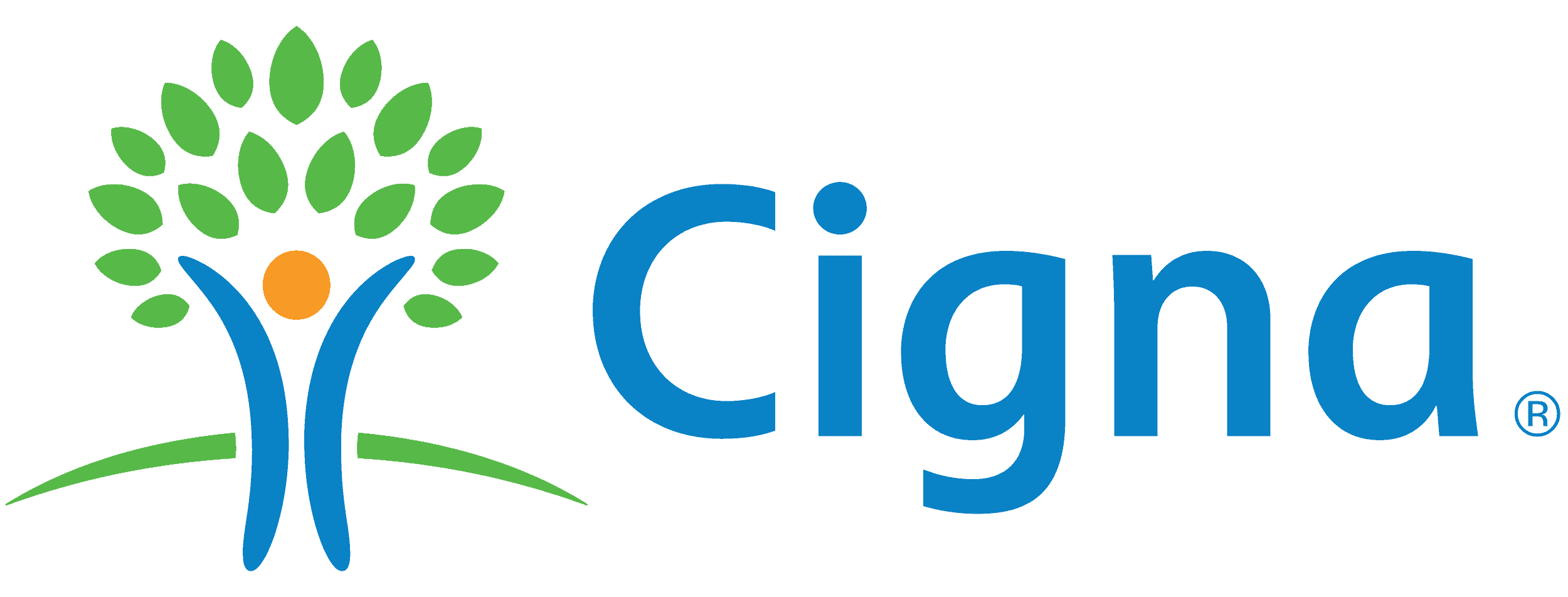What You Need to Know About Medicare Part C
Medicare Advantage plans offer additional benefits not included in Original Medicare for more well-rounded coverage.
SeniorLiving.org is supported by commissions from providers listed on our site. Read our Editorial Guidelines
If you’re considering a Medicare Part C plan, also known as Medicare Advantage, you’re not alone! In fact, 28 million people are enrolled in a Part C plan in 2022, accounting for 45 percent of the total Medicare population.1 Is Medicare Part C ideal for your health care needs and budget? In this article, we’ll cover the different types of Medicare Part C plans, costs, coverage, and when to enroll (without pricey late enrollment penalties). We also spoke with Medicare Chief Growth Officer for Cigna Healthcare Ryan Kocher for his insights on Medicare Advantage plans.
Table of Contents
What Is Medicare Part C?
Medicare Part C, also called Medicare Advantage, is an alternative to Original Medicare. With Part C, you’ll receive similar coverage to Medicare Part A and Part B, with added benefits such as hearing, vision, and dental. Many Medicare Part C plans also include prescription drug coverage (Medicare Part D).
Medicare Part C plans are offered by private insurance companies that contract with Medicare. While Medicare Advantage carriers must follow the rules set by Medicare, each insurance company can charge different out-of-pocket costs and have a specific set of rules for how you receive services. For example, each company sets its own rules for whether you need a referral to see a specialist or if you have to go to a specific network of doctors.2
Ryan Kocher, Medicare chief growth officer at Cigna Healthcare, notes that Medicare Advantage plans have become popular for the many benefits they offer. He says, “Some great new Medicare Advantage benefits include caregiver support, social support, and transportation to doctors and pharmacies.”
Different Types of Medicare Advantage Plans
Medicare Advantage isn’t just one plan; there are several options. Keep in mind that someplan types may not be available in your area. These are five common Medicare Advantage Plans:3
- Health Maintenance Organization (HMO) plans. HMO plans come with a group of in-network doctors, medical facilities, and other health care providers. HMO plans often require a referral to see a specialist.
- Preferred Provider Organization (PPO) plans. PPO plans allow you to see both in-network (preferred providers) and out-of-network providers. Seeing an out-of-network provider usually comes at a higher out-of-pocket cost.
- Private Fee-for-Service (PFFS) plans. With a PFFS plan, you can visit any provider, as long as they are eligible to receive payment from Medicare and agree to the plan’s terms and conditions of payment.
- Special Needs Plans (SNPs). SNPs provide benefits and services to people with specific diseases, certain health care needs, or limited incomes.
- Medical Savings Account (MSA) plans. These plans combine a high-deductible insurance plan with a medical savings account, which you can use to pay for health care costs.
How Do I Enroll in Medicare Advantage?
As we mentioned earlier, Medicare Part C plans are offered through private insurance companies that contract with Medicare. You won’t be automatically enrolled in a Medicare Advantage plan when you become eligible for Original Medicare.
Pro Tip: Visit the list of SeniorLiving.org’s recommended picks for Medicare Advantage plans to compare your options.
If you’re interested in a Medicare Part C plan, give yourself plenty of time to research and compare Medicare Part C carriers and pricing before the enrollment period. The number of Medicare Advantage plans available will depend on where you live. Use Medicare’s Plan Finder to see the available plans in your area and view star ratings for the overall plan quality and performance or consider calling a Medicare coverage helpline to learn more.
Remember it’s important to reevaluate your Medicare Advantage plan every year, even after your initial enrollment. Kocher says, “Your health changes from year to year, and your current plan can change, too.” Review any changes to your current plan so you can decide if it’s still the right fit for you based on what you’ll need next year.
Medicare Advantage Enrollment Dates
| Enrollment period | Date | Important details |
|---|---|---|
| Initial enrollment period | When you first become eligible for Medicare | Your initial Medicare enrollment period lasts for seven months, starting three months before you turn 65 and ending three months after the month you turn 65. |
| Medicare annual enrollment period | Oct. 15 – Dec. 7 of each year | You can join, switch, or drop a plan. This includes Medicare Advantage and Medicare Part D plans. |
| Medicare Advantage open enrollment period | Jan. 1 – March 31 of each year | If you're enrolled in a Medicare Advantage plan, you can switch to a different Medicare Advantage plan or to Original Medicare (and join a separate Medicare drug plan). You may only switch once during each open enrollment period. |
| Special enrollment periods (SEPs) | During certain special circumstances and changes in your life4 | Examples include moving to a skilled nursing facility or long-term care hospital.
Rules about when you can make changes (and the type of changes) are different for each SEP. |
What Does Medicare Advantage Cover?
Think of Medicare Advantage as an all-in-one Original Medicare package. What’s covered under Medicare Part A and Part B is also covered under a Medicare Part C plan. The big difference? While Original Medicare does not cover prescription drugs, dental, vision, or hearing, many Medicare Part C plans offer some of these additional benefits.
Medicare Part A, also known as hospital insurance, helps cover inpatient hospital care. This includes medication as part of your inpatient treatment, a semiprivate room, meals during your hospital stay, and short-term care at a skilled nursing facility (following a hospital stay).
Quick tip: Wondering why Original Medicare is split into two parts? Head over to our Original Medicare breakdown to find out why we have Medicare Part A and Part B.
Medicare Part B, also known as medical insurance, helps cover both medically necessary care and preventative services. Primary care physicians, specialists, home health services, durable medical equipment (DME), and screenings for diabetes, breast cancer, and colorectal cancer fall under Part B. For an in-depth look at what you need to know about Medicare Part B, visit our Medicare Part B cost, coverage, and enrollment guide.
Remember, not all Medicare Advantage plans offer the same coverage. For example, some Part C plans may cover over-the-counter drugs and transportation to doctor visits, while others don’t. As you explore plan options, be sure to confirm what is included in the carrier’s Medicare Advantage plan.
From the Experts: Kocher notes that “preventive care benefits are very important, and many Medicare Advantage plans offer screenings beyond those covered by Original Medicare. Some plans even give rewards for completing those screenings.”
What Is the Cost of Medicare Part C?
Your Medicare Advantage costs depend on several factors. A key factor is the insurance carrier you choose. This is because private insurance companies set their own plan pricing, so your monthly premium, out-of-pocket expenses, and deductible are directly linked to that specific carrier. For example, UnitedHealthcare’s Medicare Advantage plan pricing may differ from other carriers, such as Aetna or Blue Cross Blue Shield. Be sure to review the plan specs of several Medicare Advantage carriers — you may be surprised to find the same benefits at a lower cost!
>> Useful Resource: CareFirst Medicare Advantage Plans Review
Kocher comments, “The plans are generally affordable and some plans are $0 premium. Although cost varies, Medicare Advantage may have lower or higher out-of-pocket costs than Original Medicare. You may also have an additional premium for added voluntary benefits.”
When you’re comparing Original Medicare and Medicare Advantage pricing, a standout piece of the Medicare puzzle is out-of-pocket expenses. With Original Medicare, there is no out-of-pocket limit. This can result in a major hit to your wallet. However, with Medicare Part C plans, each carrier sets an out-of-pocket plan limit. The average out-of-pocket cost for Medicare Advantage enrollees is $4,835 for in-network services and $8,659 for both in-network and out-of-network services (PPOs).5
>> Related Reading: DevotedHealth Medicare Advantage Plans Review
Medicare Advantage Out-of-Pocket Maximum
Federal regulations require Medicare Advantage carriers to set an out-of-pocket limit that cannot exceed:5
| Medicare Parts A & B in-network services | $8,300 maximum |
| Medicare Parts A & B in-network and out-of-network services combined | $12,450 maximum |
| Medicare Part D | $7,400 maximum |
Your Medicare Part C plan premiums, deductibles, and services can change from year to year. If you join a Medicare Advantage plan, make sure to review these important annual plan notices:
- Annual Notice of Change: By Sept. 30, you’ll receive a printed Annual Notice of Change from your Medicare Part C carrier. The document will include all changes to your Part C plan effective Jan. 1, such as updated coverage, costs, and service areas.
- Evidence of Coverage: By Oct. 15, you’ll receive a plan notice with instructions on how to electronically access your Evidence of Coverage (or request a printed copy). The Evidence of Coverage details how much your plan costs and what the plan covers.
FYI: Medicare Advantage plan carriers can only make changes once a year, in January, to what you pay for the plan.
10 Important Facts About Medicare Advantage
- Medicare Part C plans must cover everything that Original Medicare (Part A and Part B) covers. Many Medicare Advantage plans may also include Medicare Part D prescription drug coverage.
- If you’re enrolled in a Medicare Part C plan, you’re still in the Medicare program and covered by Medicare’s rights and protections.
- Your Medicare Advantage plan may have a specific network of health care providers and facilities. Avoid costly out-of-network charges by staying in-network.
- Medicare Advantage plans can’t charge more than Original Medicare for certain services, like chemotherapy, dialysis, and skilled nursing facility care.
- Unlike Original Medicare, Medicare Part C plans have an annual out-of-pocket limit. Once you reach the limit, you’ll pay nothing for covered services.
- Some Medicare Advantage plans offer extra benefits that Original Medicare doesn’t cover, such as vision, hearing, dental, or fitness programs.
- Medicare Part C carriers can join or leave the in-network plan at any time.
- Your Medicare Advantage plan may require a referral to see a specialist.
- Before you receive a hospital or medical service, your Medicare Part C insurance company must provide details on whether the service is covered and what your costs may be.
- If you have a Medicare Advantage plan, it’s illegal for anyone to sell you a Medigap plan unless you’re switching back to Original Medicare.
Are you sure you’re taking advantage of all your hard-earned Medicare benefits? Whether you’re a first-time Medicare recipient or someone who’s been in the program for years, learn how to make the most of your Medicare plan. Jeff Hoyt, editor-in-chief of SeniorLiving.org, shares the essential details in the video below.
-
The Chartis Group. (2022). Medicare Advantage Enrollment Continues to Surge in an Increasingly Complex and Competitive Landscape.
-
HHS.gov. (2021). What is Medicare Part C?.
-
Medicare.gov. (2021). Understanding Medicare Advantage Plans.
-
Medicare.gov. (2021). Joining a plan.

